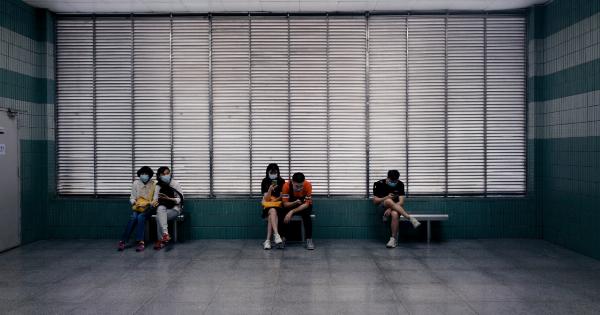Chronic spontaneous urticaria (CSU) is a skin condition that affects millions of people worldwide. It is a type of hives that appears suddenly without any apparent cause and can last for several weeks or months.
The itch and rash that come with it can be uncomfortable and, in some cases, debilitating. Here’s what you need to know about CSU, its symptoms, diagnosis, treatment, and management.
What Is Chronic Spontaneous Urticaria?
Chronic spontaneous urticaria is a skin condition characterized by the sudden onset of hives that appear and disappear without any visible cause. It is also known as chronic idiopathic urticaria, and it affects about 1% of the world’s population.
Urticaria is a common condition that affects people of all ages. It is a type of skin rash that causes raised, red, and itchy bumps on the skin. Hives can appear anywhere on the body, and they can range in size from a tiny dot to a large patch.
They can also move around the body and change shape quickly.
What Are the Symptoms of Chronic Spontaneous Urticaria?
The main symptom of chronic spontaneous urticaria is the sudden onset of hives that appear and disappear without any known cause. These hives are typically raised, red, and itchy. They can vary in size, from small bumps to large patches.
They can also merge together to form bigger plaques.
Other symptoms of chronic spontaneous urticaria may include:.
- Flushing or redness of the skin
- Swelling of the lips, tongue, or face
- Difficulty breathing or swallowing
- Increased heart rate or palpitations
- Anxiety or feeling faint
- Abdominal pain, nausea, or vomiting
What Causes Chronic Spontaneous Urticaria?
The exact cause of chronic spontaneous urticaria is unknown. However, research suggests that it may be caused by an autoimmune response in which the body’s immune system mistakenly attacks healthy cells in the skin.
In some cases, chronic spontaneous urticaria may be triggered by a viral infection, medication, or physical factors such as pressure, heat, or cold.
How Is Chronic Spontaneous Urticaria Diagnosed?
Your doctor will diagnose chronic spontaneous urticaria based on your symptoms and medical history. They may also perform a physical exam to check for any other underlying health conditions that may be causing your hives.
Your doctor may also recommend blood tests, such as a complete blood count (CBC) or thyroid function test, to rule out any underlying medical conditions.
They may also perform skin tests to see if you have any allergies that could be triggering your hives.
How Is Chronic Spontaneous Urticaria Treated?
There is no cure for chronic spontaneous urticaria, but there are several treatment options that can help manage your symptoms. Your doctor may recommend the following treatments:.
- Antihistamines: These medications block the release of histamine, a chemical that causes hives. They are often the first line of treatment for chronic spontaneous urticaria. Your doctor may recommend taking high doses of antihistamines to control your symptoms.
- Corticosteroids: These medications are used to reduce inflammation and may be prescribed for short-term use to relieve severe symptoms. However, long-term use of corticosteroids can have serious side effects.
- Immunosuppressants: These medications suppress the immune system and may be prescribed if antihistamines and corticosteroids are not effective.
- Omalizumab: This medication is a biologic therapy that targets a protein involved in the immune system’s response to allergies. It is approved for the treatment of chronic spontaneous urticaria.
How Can Chronic Spontaneous Urticaria Be Managed?
In addition to medical treatment, there are several things you can do to manage your symptoms of chronic spontaneous urticaria:.
- Avoid triggers: Try to identify and avoid any triggers that may be causing your hives. This may include certain foods, medications, or environmental factors such as heat or cold.
- Wear loose-fitting clothing: Tight clothing and pressure on the skin can trigger hives. Wear loose-fitting clothing and avoid wearing belts or tight waistbands.
- Maintain a healthy lifestyle: Eating a healthy diet, getting enough sleep, and reducing stress can help boost your immune system and reduce inflammation.
When to See a Doctor
If you are experiencing symptoms of chronic spontaneous urticaria, it is important to see a doctor for a proper diagnosis and treatment. Seek medical attention right away if you experience any of the following symptoms:.
- Difficulty breathing or swallowing
- Swelling of the lips, tongue, or face
- Anxiety or feeling faint
- Severe abdominal pain, nausea, or vomiting
These symptoms may be a sign of a severe allergic reaction and require immediate medical attention.

























